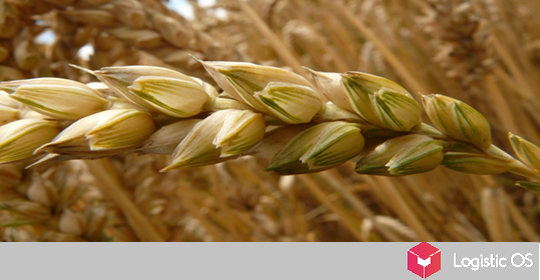The world soybean market shows a fall. This week, this commodity fell to a 4-week low, and further price declines are likely.
Soybeans are currently worth about $1,463 per bushel. This is not much: a year ago it cost about $1,700.
It is paradoxical that such a decline takes place against the backdrop of a drop in supply on the world market, which, according to all laws, should have had the opposite effect.
For example, the USDA predicts that Argentina could harvest just 27 million tons of soybeans this year due to severe drought. If this happens, it will be the worst result in the last 23 years.
True, for Brazil, which is the largest exporter, the forecast is good: 154 million tons.
The high harvest of soybeans this year should be facilitated by both the expansion of sown areas and favorable weather for the growing season.
Is China the main reason for the fall in quotes?
Indeed, it is the largest importer of soybeans, as well as many other agricultural products.
However, at present, the Celestial Empire is engaged in building a food security strategy, which implies a reduction in imports, especially from unfriendly countries.
Therefore, there is a high risk that if China refuses to purchase, for example, American soybeans, then a large excess of unclaimed products will put pressure on prices.
Is the soybean market already very high?
It should be noted that today’s decline is, in fact, a slight correction in relation to the previous period.
After all, in 2015-2020, soybeans cost about 840-1000 dollars per bushel.
Then a sharp rise in price began, which led to the fact that a year ago the quotes were at the level of $1,700.
First came the coronavirus pandemic, which broke the chains between Latin America and China.
Then a conflict arose in Ukraine, which in many ways hampered the supply of Russian fertilizers to Brazil (the largest exporter).
All this was superimposed on the weather, which turned out to be unfavorable in many countries. As a result, a deficit was created, which allowed prices to soar to very high levels.
How is the situation in Russia?
There is definitely no shortage here: last year we managed to harvest 6 million tons of soybeans, which is 26% more than last year’s level.
This was achieved not only by expanding the sown area, but also by increasing the yield.
In addition, Russia has increased exports to China, which is also in line with its strategy to diversify supplies.
So far, experts do not expect serious fluctuations in the soybean market, but, most likely, from April to July, quotes will grow, because during this time new crops are unlikely to enter the market.

